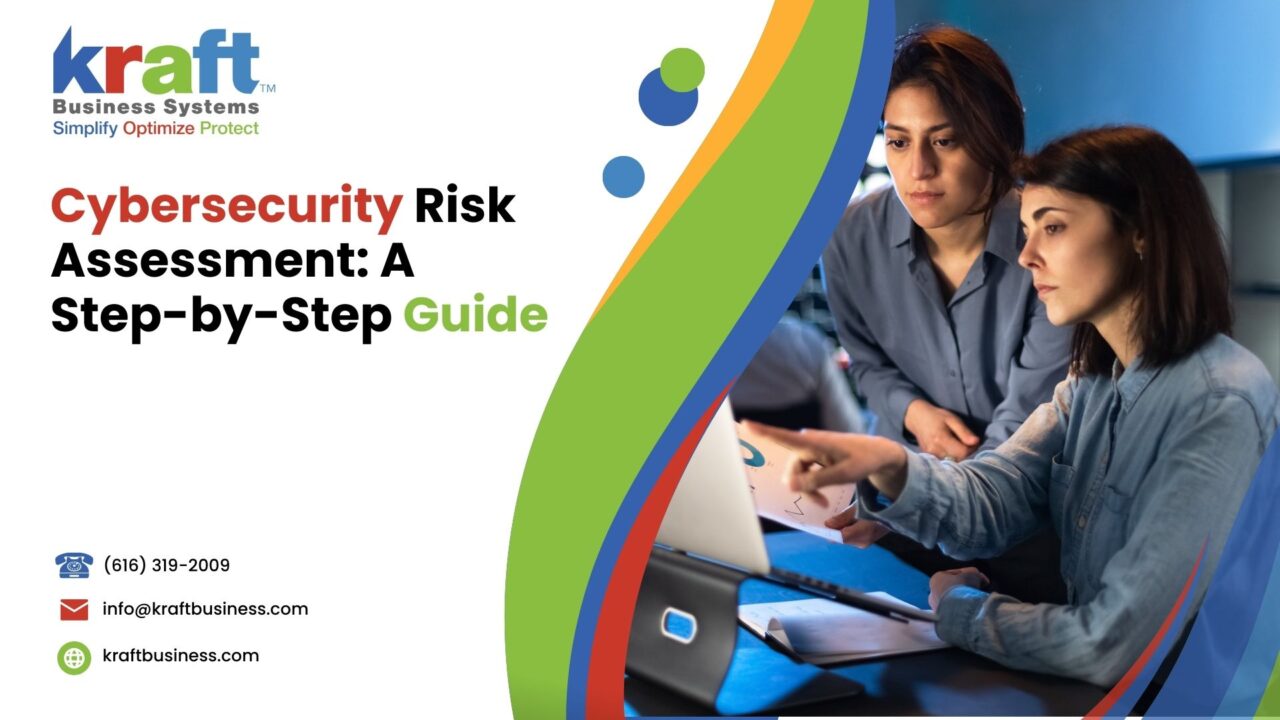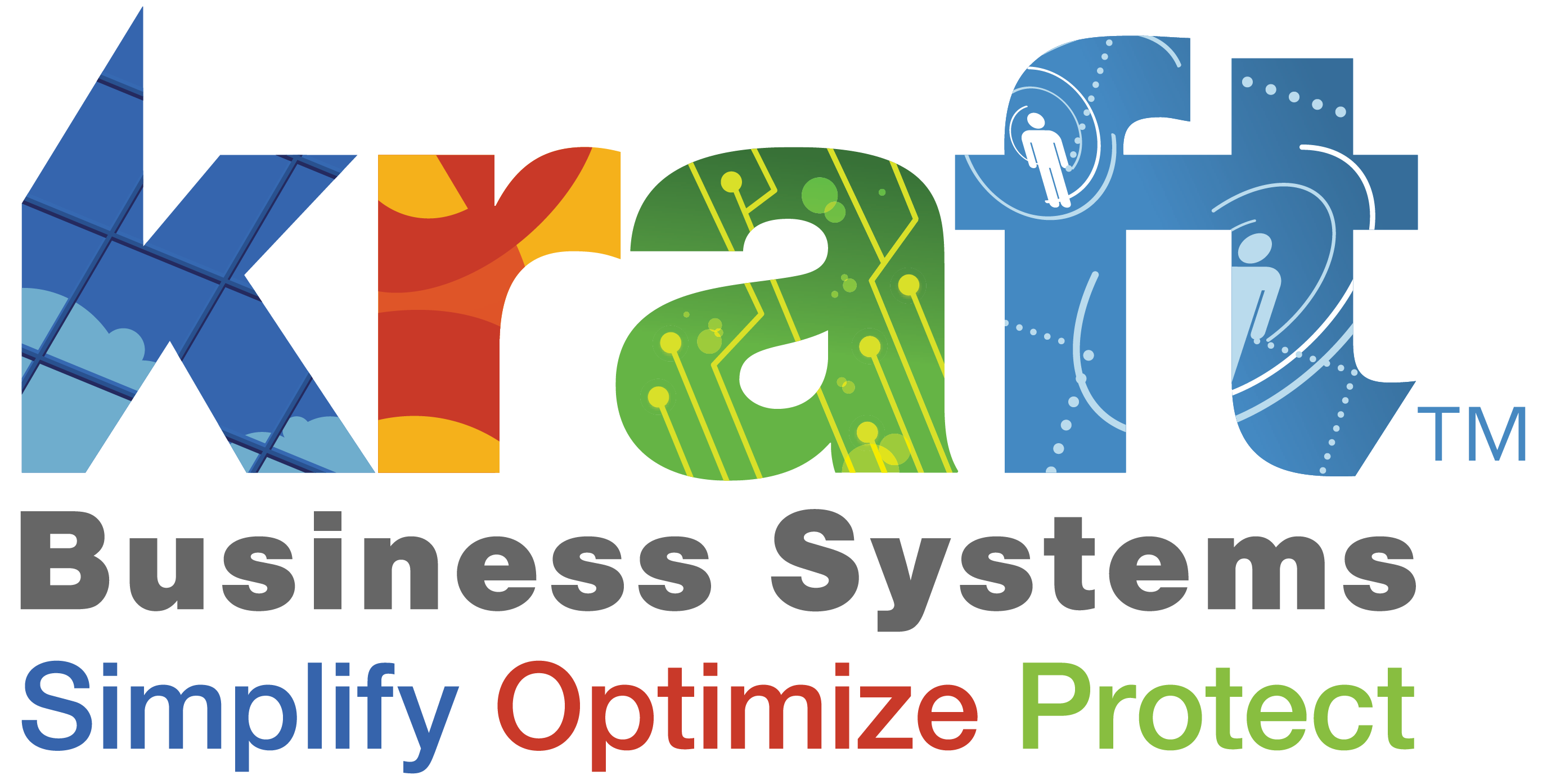With increasing cyber threats, protecting our digital assets is crucial. Cyber attacks can devastate organizations, causing data breaches, financial losses, and reputation damage. Therefore, robust cybersecurity measures are essential.
Organizations need to safeguard their information systems and data security. In other words, effective cybersecurity practices help prevent unauthorized access, data theft, and cyber espionage. Moreover, a strong security posture builds trust with clients and stakeholders.
Risk assessments are a vital part of cybersecurity. They help identify potential vulnerabilities and threats, allowing for proactive measures. For instance, understanding your cyber threat landscape helps prioritize risks and implement appropriate security controls. Implementing a comprehensive cyber risk management strategy is crucial for minimizing risks and ensuring business continuity.
Enhancing Cybersecurity Through Risk Assessments
Overview of Cybersecurity Risk Assessment
A cybersecurity risk assessment is a systematic process to identify, analyze, and mitigate cyber risks. It involves evaluating your information systems, identifying vulnerabilities, and assessing the potential impact of threats. This process is essential for developing a robust cybersecurity program.

Conducting regular risk assessments helps organizations stay ahead of evolving cyber threats. For instance, by identifying risks early, you can implement preventive measures to protect your data and systems. This proactive approach is critical for maintaining a strong security posture.
In addition, understanding the risk assessment process helps organizations prioritize risks and allocate resources effectively. A thorough assessment involves multiple steps, including risk identification, risk analysis, and risk mitigation. By following these steps, you can develop a tailored risk management strategy that aligns with your organization’s needs and risk tolerance.
Enhancing Cybersecurity Through Risk Assessments
Understanding Cybersecurity Risk Assessment
Definition and Purpose
A cybersecurity risk assessment is a process to identify, evaluate, and mitigate potential cyber threats to an organization’s information systems. The purpose of this assessment is to understand the risk level and implement security controls to protect against cyber attacks.
In other words, it helps organizations identify vulnerabilities and develop strategies to mitigate risks. This process involves analyzing potential threats, assessing the impact of these threats, and determining the likelihood of their occurrence.
The main goal of a cybersecurity risk assessment is to enhance the organization’s security posture. By identifying and addressing vulnerabilities, organizations can reduce the risk of cyber incidents. This proactive approach is crucial for maintaining data security and ensuring business continuity.
Key Components of Cybersecurity Risk Assessment
A comprehensive cybersecurity risk assessment involves several key components. First, asset identification is crucial. This step involves identifying all information systems, data, and assets that need protection. Next, threat identification focuses on recognizing potential cyber threats that could exploit vulnerabilities.
In addition, vulnerability assessment is essential. This step identifies weaknesses in your systems that could be exploited by cyber threats. The risk analysis process follows, where the impact and likelihood of each threat are evaluated. This helps in determining the overall risk level.
Finally, risk mitigation involves developing and implementing strategies to reduce risks. This may include deploying security controls, improving data security measures, and conducting regular security audits. By following these steps, organizations can develop a robust risk management framework to protect against cyber threats.
Enhancing Cybersecurity Through Risk Assessments
Identifying Assets
Importance of Asset Identification
Identifying assets is the foundation of a successful cybersecurity risk assessment. Without knowing what needs protection, it’s impossible to secure it effectively. Therefore, asset identification is crucial for understanding the scope of your assessment.
For instance, recognizing all information systems, data, and hardware helps in assessing their vulnerability. This process ensures that no critical asset is overlooked. Moreover, it aids in prioritizing assets based on their importance and potential impact on the organization. Asset identification is the first step in building a strong cybersecurity framework.
Types of Assets to Identify
In a cybersecurity risk assessment, identifying different types of assets is essential. These assets include both tangible and intangible items.
- Tangible assets: These include hardware, such as servers, computers, and network devices. Ensuring the security of these physical components is crucial for maintaining a robust information security posture.
- Intangible assets: These encompass data, intellectual property, and software applications. Protecting sensitive data and proprietary information is vital for preventing data breaches and cyber espionage.
- Human assets: Employees are also critical assets. They play a significant role in maintaining cybersecurity. Therefore, training and awareness programs are essential to equip them with the knowledge to identify and respond to cyber threats.
Identifying these assets helps in understanding their value and potential impact on the organization. This process forms the basis for developing a comprehensive risk management strategy.
Methods for Identifying Assets
Various methods can be used for identifying assets in a cybersecurity risk assessment. One common approach is conducting an inventory audit. This involves listing all hardware, software, and data assets within the organization.
Another method is network mapping. This technique helps visualize the organization’s network infrastructure, highlighting all connected devices and systems. It provides a clear picture of how assets are interconnected, aiding in identifying critical points that need protection.
Additionally, conducting interviews with key personnel can be insightful. These discussions help uncover assets that may not be immediately visible, such as proprietary information and intellectual property.
Automated tools can also be employed for asset discovery. These tools scan the network and identify all connected devices and applications, ensuring no asset is overlooked.
By using a combination of these methods, organizations can create a comprehensive inventory of their assets, forming the foundation for a thorough risk assessment process.
Enhancing Cybersecurity Through Risk Assessments
Identifying Threats and Vulnerabilities
Understanding Threats
Understanding cyber threats is crucial for any cybersecurity risk assessment. These threats pose significant risks to your information systems and data security. Threats can be external or internal, intentional or accidental. Therefore, comprehending their nature helps in devising effective mitigation strategies.

Cyber threats come in various forms, such as malware, phishing attacks, and ransomware. Each type poses unique challenges and requires different approaches to address. For instance, malware can infiltrate systems undetected, causing extensive damage before being identified.
In addition, threats evolve rapidly, making it essential to stay informed about the latest trends. By regularly updating your knowledge, you can anticipate potential threats and implement proactive measures.
Common Types of Cyber Threats
Cyber threats come in many forms, each with its own methods of exploitation. Knowing these threats helps in identifying and mitigating them effectively. For instance, malware includes viruses, worms, and trojans designed to disrupt, damage, or gain unauthorized access to systems.
Phishing attacks trick users into revealing sensitive information, often through deceptive emails or websites. Ransomware encrypts data, demanding payment for its release, causing significant financial and operational damage.
Identifying Vulnerabilities
Identifying vulnerabilities is a critical step in the cybersecurity risk assessment process. Vulnerabilities are weaknesses in your systems that cyber threats can exploit. These can exist in software, hardware, or even human factors.
To identify vulnerabilities, start with a thorough vulnerability assessment. This involves scanning your network and systems for known weaknesses. Tools like vulnerability scanners can automate this process, providing detailed reports on potential risks.
In addition, conducting regular security audits helps uncover hidden vulnerabilities. These audits evaluate your security policies, procedures, and controls, ensuring they are up to date and effective.
Human factors, such as poor password practices or lack of cybersecurity awareness, also contribute to vulnerabilities. Therefore, regular training and awareness programs are essential. By identifying and addressing vulnerabilities, you can strengthen your security posture and reduce the risk of cyber attacks.
Tools and Techniques for Identifying Threats and Vulnerabilities
Various tools and techniques can help in identifying cyber threats and vulnerabilities. Automated vulnerability scanners are commonly used to detect weaknesses in systems and networks. These tools provide comprehensive reports, highlighting areas that need attention.
Penetration testing is another effective technique. This involves simulating cyber attacks to identify vulnerabilities and test the effectiveness of your security controls. It provides valuable insights into potential weaknesses and how they can be exploited.
In addition, network monitoring tools continuously scan your network for unusual activities, helping to identify threats in real-time. Threat intelligence platforms collect and analyze data from various sources, providing information on emerging threats and vulnerabilities.
Regularly updating and patching software is crucial to mitigate known vulnerabilities. By using these tools and techniques, you can proactively identify and address cybersecurity risks, enhancing your overall security posture.
Enhancing Cybersecurity Through Risk Assessments
Assessing the Risks
Risk Assessment Process
The risk assessment process is a systematic approach to identifying and evaluating potential risks to your information systems. This process involves several steps, starting with defining the scope of the assessment. This includes identifying the assets, systems, and data to be evaluated.
Next, conduct a thorough risk identification process. This involves identifying potential threats and vulnerabilities that could impact your assets. Once identified, assess the likelihood and impact of these risks. This helps determine the overall risk level for each threat.
After that, prioritize the risks based on their potential impact on your organization. This involves creating a risk matrix to categorize and rank the risks. By following these steps, you can develop a comprehensive understanding of your cybersecurity risks and implement effective mitigation strategies.
Risk Analysis Techniques
Several techniques can be used for risk analysis in a cybersecurity risk assessment. Qualitative analysis involves evaluating risks based on their potential impact and likelihood, using descriptive terms like high, medium, or low. This technique is useful for understanding the overall risk landscape.
Quantitative analysis assigns numerical values to risks, providing a more precise evaluation. This involves calculating the potential financial impact and probability of each risk.
Another technique is the Bow-Tie Analysis, which visualizes the relationship between threats, vulnerabilities, and consequences. It helps identify preventive and mitigative measures to reduce the risk.
By employing these techniques, you can gain a deeper understanding of your risk exposure and develop targeted mitigation strategies to reduce your overall risk level.
Prioritizing Risks
Prioritizing risks is a crucial step in the cybersecurity risk assessment process. This involves ranking risks based on their potential impact and likelihood. By prioritizing, you can focus your resources on the most significant threats.
Create a risk matrix to categorize risks into different levels, such as high, medium, and low. This helps visualize the risk landscape and identify areas that need immediate attention. For instance, risks with a high impact and high likelihood should be addressed first.
Consider your organization’s risk tolerance level when prioritizing risks. This involves understanding how much risk your organization is willing to accept and managing risks accordingly.
By prioritizing risks effectively, you can allocate resources efficiently and implement targeted mitigation strategies. This ensures that your most critical assets are protected, and your overall cybersecurity posture is strengthened.
Enhancing Cybersecurity Through Risk Assessments
Developing Mitigation Strategies
Importance of Mitigation Strategies
Mitigation strategies are essential for reducing cybersecurity risks. These strategies involve implementing measures to prevent, detect, and respond to cyber threats. By developing effective mitigation strategies, you can protect your information systems and data from potential attacks.

For instance, implementing strong security controls helps prevent unauthorized access. Regularly updating and patching software mitigates vulnerabilities. In addition, having an incident response plan ensures that you can quickly detect and respond to security incidents.
Therefore, developing and implementing mitigation strategies is crucial for maintaining a robust cybersecurity program and ensuring business continuity.
Types of Mitigation Strategies
There are several types of mitigation strategies that organizations can implement to reduce cybersecurity risks. Preventive measures aim to stop cyber threats before they occur. These include implementing strong passwords, using multi-factor authentication, and restricting access to sensitive information.
Detective measures focus on identifying and responding to cyber threats in real-time. This involves using intrusion detection systems, monitoring network traffic, and conducting regular security audits.
Corrective measures aim to minimize the impact of security incidents and restore normal operations. This includes having a robust incident response plan, regularly backing up data, and conducting post-incident reviews.
In addition, mitigative measures involve reducing the potential impact of risks. This can be achieved by encrypting sensitive data, segmenting networks, and conducting regular vulnerability assessments.
By implementing a combination of these strategies, organizations can effectively mitigate cybersecurity risks and protect their information systems.
Implementing Mitigation Strategies
Implementing mitigation strategies involves several steps. First, develop a detailed plan outlining the specific measures to be implemented. This plan should include timelines, responsibilities, and resource allocation.
Next, ensure that all employees are trained and aware of the mitigation strategies. This includes conducting regular training sessions and awareness programs to educate employees about cybersecurity best practices.
In addition, deploy the necessary tools and technologies to support the mitigation strategies. This may include implementing firewalls, intrusion detection systems, and encryption technologies.
Regularly monitor and review the effectiveness of the mitigation strategies. This involves conducting periodic security audits, vulnerability assessments, and penetration testing. By continuously evaluating and improving the mitigation strategies, you can ensure that they remain effective in addressing evolving cybersecurity threats.
Enhancing Cybersecurity Through Risk Assessments
Monitoring and Reviewing Risks Framework
Continuous Monitoring
Continuous monitoring is essential for maintaining a robust cybersecurity posture. This involves regularly scanning your network and systems for unusual activities and potential threats. By continuously monitoring, you can detect and respond to cyber threats in real-time.
Implementing automated network monitoring tools helps streamline this process. These tools provide real-time alerts and detailed reports, allowing you to take immediate action. In addition, regular monitoring helps identify new vulnerabilities and emerging threats, ensuring that your security controls remain effective.
Periodic Reviews
Periodic reviews are crucial for evaluating the effectiveness of your cybersecurity risk assessment and mitigation strategies. These reviews involve reassessing your risk landscape, updating your risk matrix, and refining your mitigation strategies.
Conduct regular security audits to ensure that your security policies and controls are up to date. In addition, review your incident response plan and make necessary adjustments based on lessons learned from past incidents. By conducting periodic reviews, you can ensure that your cybersecurity program remains effective in addressing evolving threats.
Tools for Monitoring and Reviewing Risks
Several tools can help in monitoring and reviewing cybersecurity risks. Automated network monitoring tools provide real-time alerts and detailed reports on potential threats. These tools continuously scan your network, identifying unusual activities and potential vulnerabilities.
Security information and event management (SIEM) systems are also valuable. They collect and analyze data from various sources, providing a comprehensive view of your security landscape. SIEM systems help in identifying and responding to security incidents in real-time.
Regularly conducting vulnerability assessments and penetration testing helps identify new vulnerabilities and test the effectiveness of your security controls. These tools provide detailed reports, highlighting areas that need attention.
By using these tools, you can ensure continuous monitoring and regular review of your cybersecurity risks, enhancing your overall security posture.
Enhancing Cybersecurity Through Risk Assessments
Best Practices for Cyber Risk Assessment
Perform a Cybersecurity Risk Assessment
Regular updates and reviews are essential for maintaining an effective cybersecurity risk assessment. This involves keeping your security policies, controls, and mitigation strategies up to date. Regularly reviewing your risk landscape helps identify new threats and vulnerabilities.
Conduct regular security audits and vulnerability assessments to ensure that your security measures remain effective. In addition, update your risk matrix and mitigation strategies based on the latest threat intelligence. By regularly updating and reviewing your cybersecurity program, you can ensure that it remains effective in addressing evolving threats.
Employee Training and Awareness
Employee training and awareness are critical components of a successful cybersecurity risk assessment. Educating employees about cybersecurity best practices helps prevent human errors that can lead to security incidents.
Conduct regular training sessions and awareness programs to keep employees informed about the latest threats and mitigation strategies. For instance, training employees on how to recognize phishing emails can prevent data breaches.
In addition, establish a culture of security within your organization. Encourage employees to report suspicious activities and potential vulnerabilities. By fostering a security-conscious environment, you can enhance your overall cybersecurity posture.
Leveraging Advanced Tools and Technologies
Leveraging advanced tools and technologies is essential for an effective cybersecurity risk assessment. Automated tools, such as vulnerability scanners and network monitoring tools, help identify and mitigate risks in real-time.
Security information and event management (SIEM) systems provide a comprehensive view of your security landscape, collecting and analyzing data from various sources. These systems help in identifying and responding to security incidents quickly.
In addition, implementing advanced encryption technologies helps protect sensitive data from unauthorized access. Regularly updating and patching software ensures that known vulnerabilities are addressed promptly.
By leveraging these advanced tools and technologies, you can enhance your cybersecurity risk management strategy and protect your information systems from potential threats.
Enhancing Cybersecurity Through Risk Assessments
What People May Also Ask
What is a Cybersecurity Risk Assessment?
A cybersecurity risk assessment is a process to identify, evaluate, and mitigate potential cyber threats to an organization's information systems. It helps in understanding the risk level and implementing security controls to protect against cyber attacks.
Why is Cybersecurity Risk Assessment Important?
Cybersecurity risk assessments are crucial for identifying vulnerabilities and developing strategies to mitigate risks. They help organizations protect their information systems, prevent data breaches, and ensure business continuity.
How Often Should Cybersecurity Risk Assessments be Conducted?
Cybersecurity risk assessments should be conducted regularly, at least annually. However, they should also be performed whenever significant changes occur in the organization's information systems or threat landscape.
What are the Common Tools Used for Cybersecurity Risk Assessment?
Common tools for cybersecurity risk assessment include vulnerability scanners, network monitoring tools, and security information and event management (SIEM) systems. These tools help in identifying and mitigating potential threats.
Who Should be Involved in a Cybersecurity Risk Assessment?
A cybersecurity risk assessment should involve key stakeholders, including IT staff, security teams, and management. Engaging employees from different departments ensures a comprehensive evaluation of risks and the development of effective mitigation strategies.
Enhancing Cybersecurity Through Risk Assessments
Conclusion
A comprehensive cybersecurity risk assessment is essential for maintaining a robust security posture and protecting your organization’s information systems. By regularly updating and reviewing your risk assessment process, training employees, and leveraging advanced tools, you can effectively mitigate cybersecurity risks.
In other words, staying proactive and vigilant in your approach to cybersecurity is crucial for ensuring business continuity and safeguarding sensitive data. Conducting regular risk assessments and implementing effective mitigation strategies will help you stay ahead of potential threats and enhance your overall cybersecurity posture.






